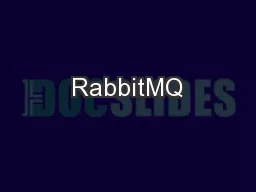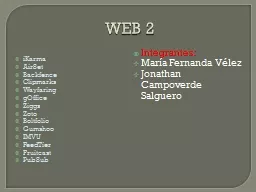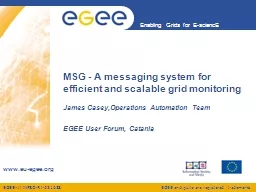PPT-Large-scale Messaging at IMVU
Author : liane-varnes | Published Date : 2015-09-25
Jon Watte Technical Director IMVU Inc jwatte Presentation Overview Describe the problem Lowlatency game messaging and state distribution Survey available solutions
Presentation Embed Code
Download Presentation
Download Presentation The PPT/PDF document "Large-scale Messaging at IMVU" is the property of its rightful owner. Permission is granted to download and print the materials on this website for personal, non-commercial use only, and to display it on your personal computer provided you do not modify the materials and that you retain all copyright notices contained in the materials. By downloading content from our website, you accept the terms of this agreement.
Large-scale Messaging at IMVU: Transcript
Download Rules Of Document
"Large-scale Messaging at IMVU"The content belongs to its owner. You may download and print it for personal use, without modification, and keep all copyright notices. By downloading, you agree to these terms.
Related Documents














